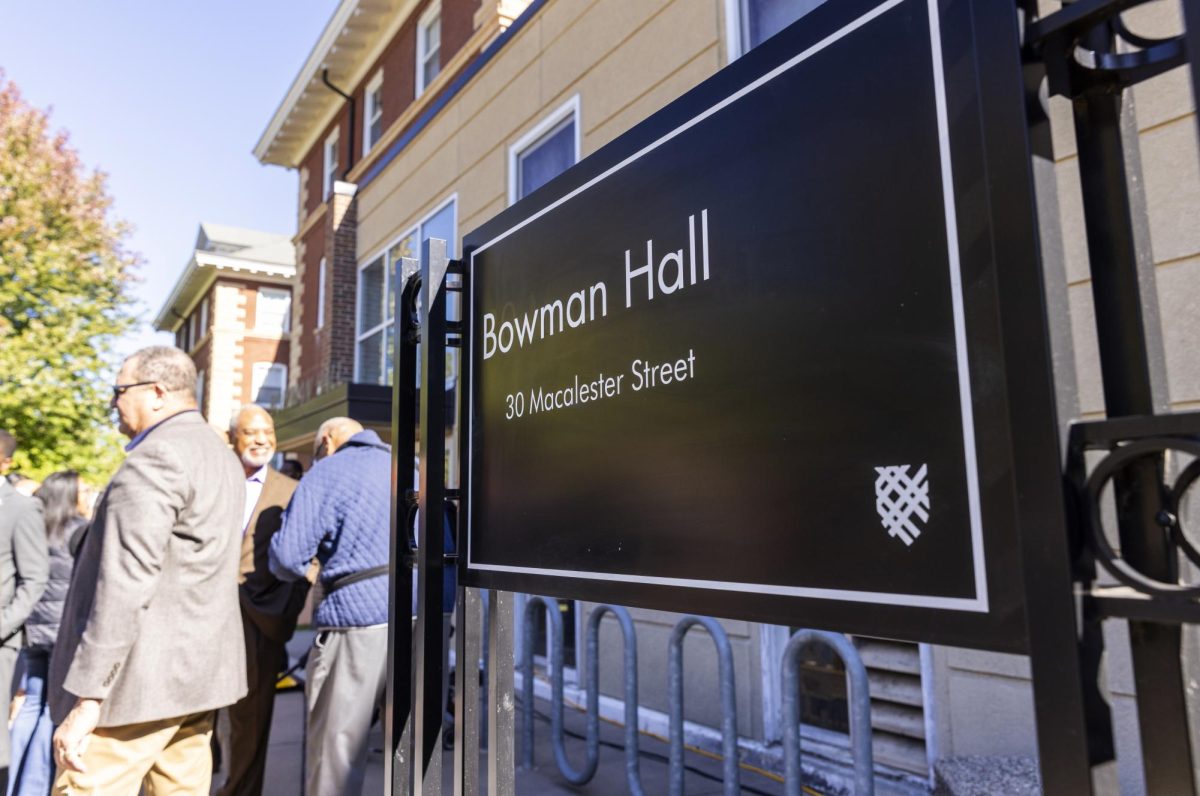The infamous “Sophomore Slump” is a sort of malaise that many students go through during their second year of college. Like many psychological phenomena, its exact cause is difficult to pin down and its symptoms aren’t the same across the board. Some feel an inexplicable increase in apathy whereas others become more anxious. Whatever the case may be, one key fact remains true: the Sophomore Slump is a jarring experience that lacks a concrete path to get through it.
The Sophomore Slump is not limited to the United States higher education system. In Britain and Australia, it’s known as the “Second Year Blues” and “Second Year Syndrome” respectively. It’s also not something that only students go through; the Sophomore Slump has resulted in some of the worst received album follow-ups and film sequels ever created.
The widespread nature of the Slump suggests that it doesn’t arise from any sort of particulars. Rather, it appears to occur when people are placed in situations where they have to live up to or match the efforts of previous work. After the exciting breath of fresh air that the first year of college tends to be, it can be hard to maintain the same level of enthusiasm. One of the defining characteristics of the Slump is a drop in motivation to perform as well academically. Sometimes this can occur because classes become harder and more conventional, particularly in comparison to Macalester’s first year courses. Other times, coursework simply becomes routine and students aren’t as driven to excel, especially if it requires more energy than it did during their first year.
“The phrase ‘Cs get degrees’ wasn’t something I ever heard during my first year at Mac, but the further along I’ve gotten in my college career, the more and more it’s been said to me,” one senior said.
Academic stress isn’t the only speculated cause of the Sophomore Slump. Some hypothesize that its origins lie in the large decisions that sophomores are faced with. For one, choosing your college major can be a wildly stressful experience. One student reported that the decision can feel like deciding what path your entire life is going to take.
“Even if I can identify the feeling as irrational,” an anonymous junior said, “that doesn’t stop me from feeling like I’m setting myself up for the rest of my life.”
Another student echoed the mental burden of second-year choices.
“This year definitely feels like a fork in the road in both my college career and in my life in general,” Sarah Coleman ’18 said, “Behind me are all the life choices I’ve made and in front of me are all the possible futures I could have, which is pretty overwhelming.”
Sophomores are also tasked with sorting out their living situation for the following year. This procedure comes with a suite of concerns that can engender anxiety, from competition with other groups for the most desirable houses to figuring out exactly who you want to live with. For some, it can test friendships.
“I had a few friends I wanted to live with and not enough space to fit them all in any of the houses I was finding,” another anonymous junior said, “I also had friends who I loved but didn’t think we could function well together in a house environment. Figuring out how to ask people to live with me and having to turn some of my friends down was pretty emotionally trying.”
The three months of summer between your first and second years also present a social challenge. Spending so much time away from friendships can agitate the social waters, just as they felt like they were beginning to settle. Returning Sophomores sometimes find that the time away from Macalester can significantly impact who people prefer to spend their time with.
“I have noticed a shift in friendships and friend groups,” Coleman reports. “People who were inseparable our first year, or even as recently as fall semester, are drifting apart as they discover more about each other, as well as themselves.”
All of these factors coalesce into the nebulous Sophomore Slump. The hazy nature of the Sophomore Slump may make it difficult to combat, but that doesn’t mean schools aren’t trying. In 2013, Ohio State University started a program to ensure that sophomores weren’t overlooked by faculty members. The program has staff member frequently visit the dormitories to help students select study abroad programs and find internships. With a little guidance, the university hopes to stave off anxiety and take some of the weight off of students’ shoulders.
Recognizing the threat that the Sophomore Slump poses to academic engagement, Purdue University offers a “learning community” exclusive to second-year students that removes them from the usual academic circuit for a semester. Students participating in this community live and take classes together, and end the term with a collaborative final project.
Macalester offers a wealth of resources to ease first-year students into a sense of belonging and comfort. From floor meetings to first year courses to a plethora of orientation events, our college works hard to make this a comfortable space for high school to higher education transition. Macalester also provides plenty of services for second-year students, such as counseling at the Career Development Center and seminars for off-campus living. But given the perspectives from interviewed students, these resources may not be enough to repel the Sophomore Slump.






Dan Morrison • Sep 11, 2019 at 5:04 pm
Great website! I am loving it!! Will be back later to read some more. I am bookmarking your feeds also.
Tracey Springer • Sep 6, 2019 at 10:39 pm
yeah bookmaking this wasn’t a high risk conclusion great post! .